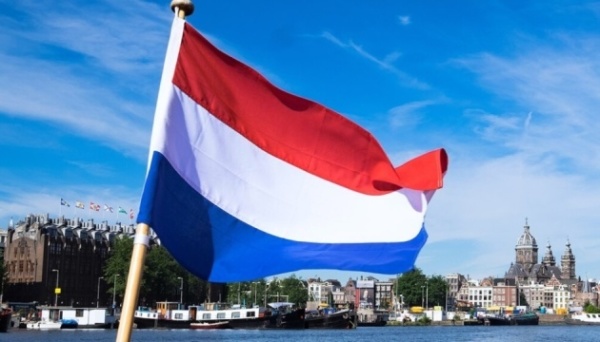social.outsourcedmath.com

Sonnenaufgang & Sonnenuntergang Tromsø – Norwegen Januar 2025. Wann geht heute die Sonne unter? Tabelle mit Uhrzeit, Himmelsrichtung, Tageslänge & Dämmerung.www.timeanddate.de



Members of the Greek royal family are attempting to regain their citizenship of their home country. In aEUROPE SAYS (EUROPESAYS.COM)
King Alfonso XIII of Spain with his wife, Queen Victoria Eugenie of Spain Hulton Archive/Getty ImagesThroughout their intercontinentalEUROPE SAYS (EUROPESAYS.COM)


The O.MG Cable is a hand made USB cable with an advanced implant hidden inside. It is designed to allow your Red Team to emulate attack scenarios of sophisticated adversaries. Until now, a cable like this would cost $20,000 (ex: NSA's COTTONMOUTH-I).Hak5
“try to plug in the cable, doesn’t fit, rotate 180 degrees, still doesn’t fit”
Photos have recently surfaced showing that Hilligoss Bakery in Brownsburg, Indiana, uses a pair of Commodore 64s as cash registers. While running a business on a 42-year-old...Daniel Sims (TechSpot)
Ukraine has evacuated another 34 persons, including 15 children, from the territory of Syria through Lebanon. — Ukrinform.Ukrinform
The government takes the decision/ 'TikTok' will be blocked in Albaniahttps://www.cna.al/english/aktualitet/qeveria-merr-vendimin-tiktok-u-do-te-bllokohet-ne-shqiperi-i418500by LakuriqiditesEUROPE SAYS (EUROPESAYS.COM)
Procès des viols de Mazan : une enquête déontologique ouverte après les propos insultants d’un avocat lyonnais byEUROPE SAYS (EUROPESAYS.COM)

Residents of the capital of Russia’s Tatarstan, Kazan, reported the sounds of explosions coming from a local gunpowder plant. Prior to that, a drone attack was reported. — Ukrinform.Ukrinform

The U.S. and Germany’s defense chiefs, Lloyd Austin and Boris Pistorius, discussed further support for Ukraine and the upcoming meeting of the Ukraine Defense Contact Group (the Ramstein format) during a phone call on Friday. — Ukrinform.Ukrinform
President Volodymyr Zelensky has canceled his decree appointing Emine Dzhaparova as Permanent Representative of Ukraine to International Organizations in Vienna. — Ukrinform.Ukrinform
The Armed Forces of Ukraine have established in their structure a separate unit dealing with the protection of cultural heritage. — Ukrinform.Ukrinform

The Netherlands and its partners have invested over €200 million in the Tallinn Mechanism, the main task of which is to strengthen Ukraine's digital security. — Ukrinform.Ukrinform
helgenug
2024-12-21 08:49:02